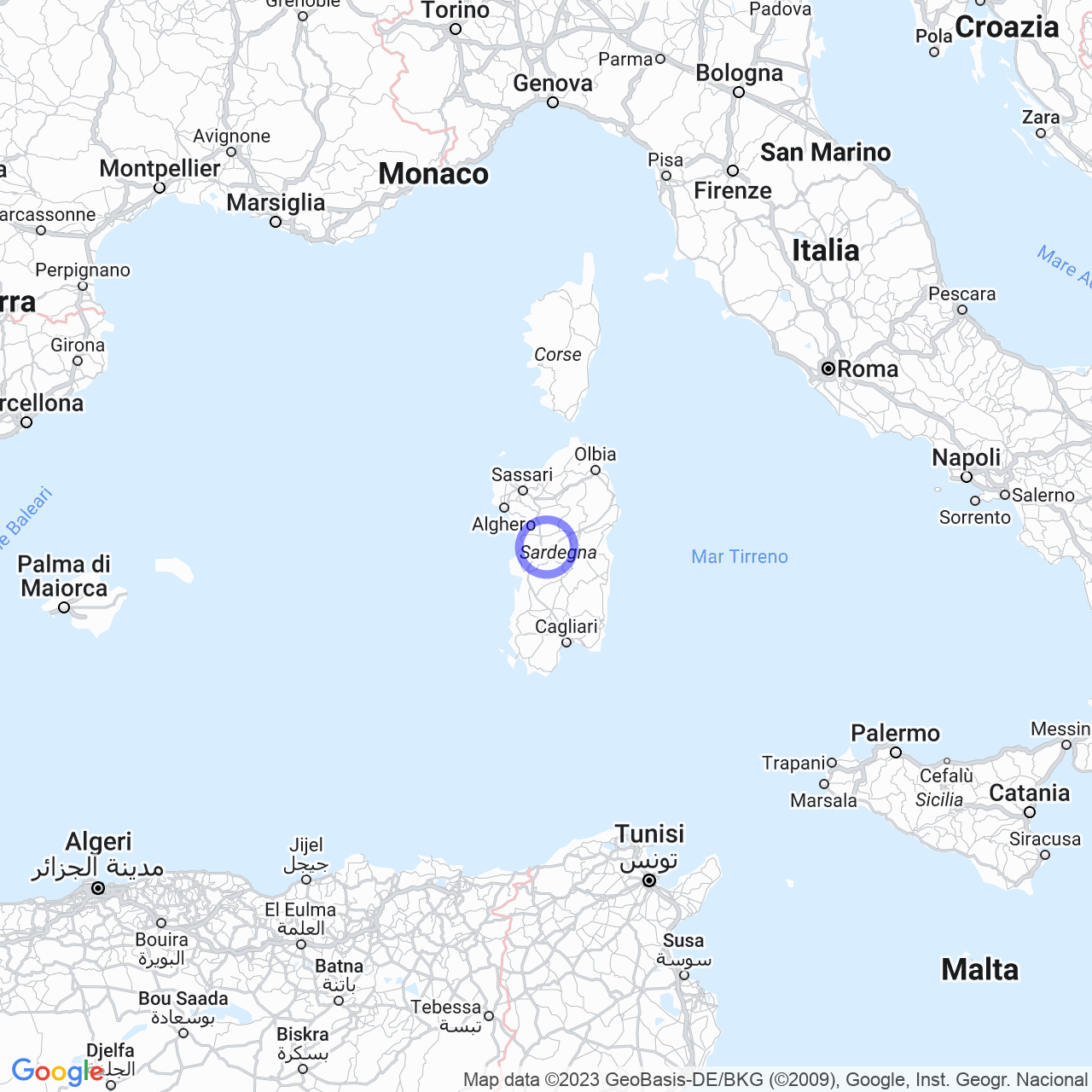Aidomaggiore
Aidomaggiore: a look at the municipality
Hello everyone! Today I'll tell you about Aidomaggiore, a municipality in the province of Oristano, in Sardinia. We will discover some details about its geography, history, monuments, and curiosities, to get to know this small village better.
Physical geography
The territory of Aidomaggiore is characterized by a prevalent agro-pastoral economy, with pastures and various types of vegetation, including cork oaks, olive trees, vineyards, and fruit trees. It is a fertile territory, capable of offering numerous high-quality products, such as the famous Carasatu bread, local cheeses, and wines.

Origin of the name
But where does the name Aidomaggiore come from? Initially, it was called "Aidu," meaning "gateway" or "entrance," as reported in the peace treaty between Eleonora D'Arborea and Giovanni I of Aragon in 1388. During the Spanish domination, the name was transformed into "Aido mayor," meaning "main entrance," and was then Italianized into Aidomaggiore. The pronunciation in Sardinian has some variations: Aidumaiore, Idumaiore, or Bidumaiore.
History
The first settlements date back to the Neolithic period, as evidenced by the remains found in the area, such as the "tombs of giants," the "domus de janas," and the well-preserved Nuraghe. The municipality was part of the Giudicato of Arborea and belonged to the curatorship of Gilciber. Later, it passed under the Kingdom of Sardinia and was incorporated into the Incontrada of Parte Ocier Reale, to which it remained united under Spanish rule. It was a royal fiefdom, administered by the Crown, and then became a municipality administered by a mayor and a city council.
Symbols
The coat of arms and the flag of the municipality of Aidomaggiore were granted by the President of the Republic's decree on February 6, 2003. The flag is a white banner.
Monuments and places of interest
Aidomaggiore has several monuments and places of interest to visit, including churches and archaeological sites.
Religious architecture
The parish church of Santa Maria delle Palme dates back to the sixteenth century and is a beautiful example of religious architecture. The church of San Gavino has a Romanesque layout, while the countryside church of Santa Barbara has medieval origins. Don't miss the opportunity to admire the countryside church of Santa Maria delle Grazie and that of Santa Greca as well.
Archaeological sites
Aidomaggiore boasts numerous archaeological sites, including the Nuraghi Sanilo, Sa Jua, and Zedde, the Nuraghe Tosingalo, and the village of Benezziddo. It is a real treasure for lovers of archaeology and history.
Society
The municipality has about 400 inhabitants, with a slight decrease in population in recent years. As of December 31, 2010, the resident foreign population was 28 people, with the highest presences from Albania, Morocco, and Romania. The Sardinian language spoken in Aidomaggiore belongs to the Limba de mesania.
Notes
To delve into the history and culture of Aidomaggiore, you can consult the sources indicated in the bibliography section.
External links
If you are interested in discovering Aidomaggiore, I recommend visiting the municipality's website and consulting the tourist information and upcoming events. Additionally, you can take a virtual tour of archaeological sites thanks to numerous online blogs and guides.
